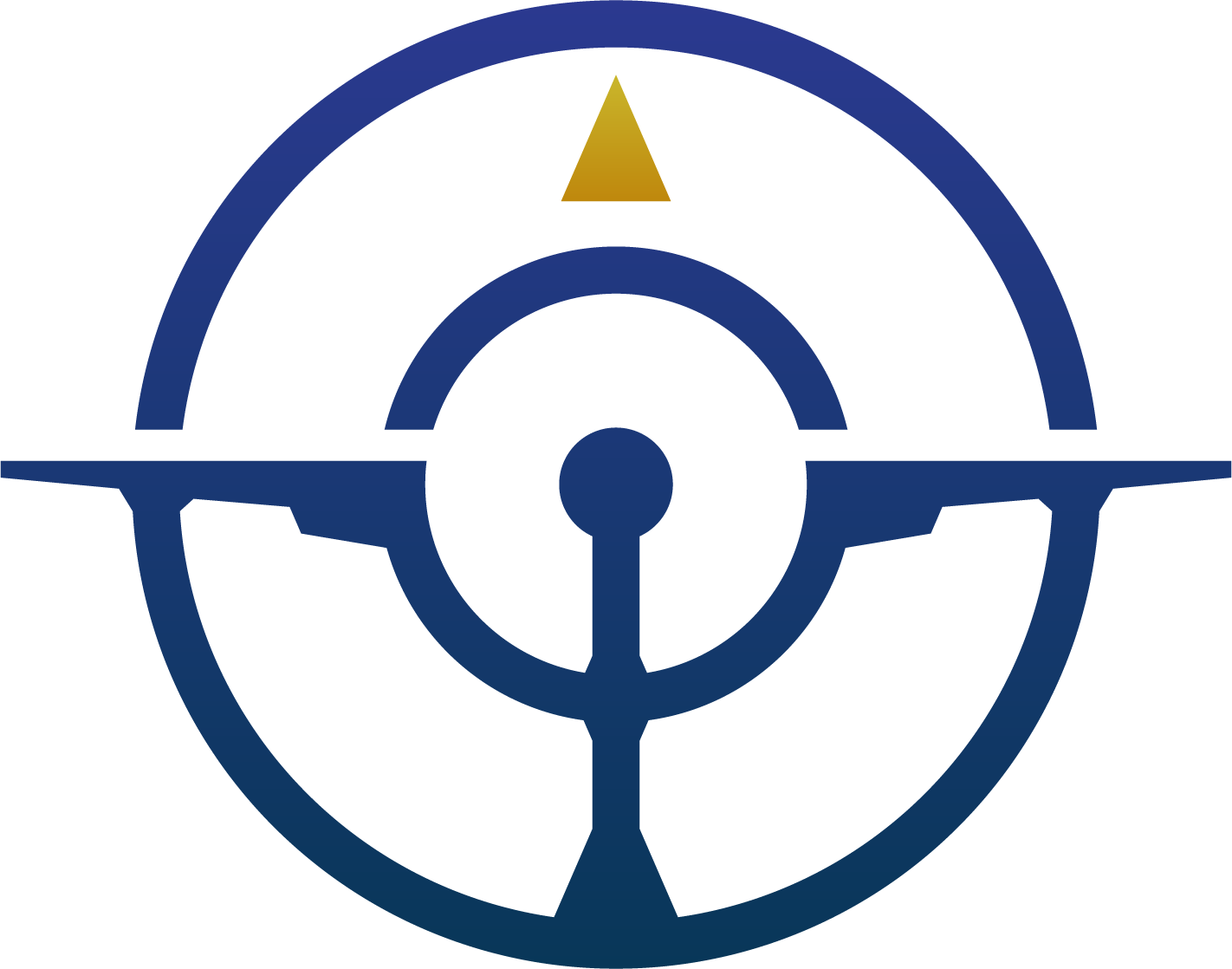Innovations in Mental Health Treatment: Psychedelics
Next in the series on interventional psychiatry, we are going to talk about psychedelic therapy. When people think about psychedelics, they’re often picturing hippies in the 1960s experimenting with LSD or psychedelic mushrooms. Hearing that it is actually a treatment for some refractory mental disorders may confuse some people. After all, aren’t these illegal substances that our parents warned us about? Well, with the right context and administration, psychedelics can actually be an extremely powerful form of treatment. The two forms of psychedelic therapy that have gained the most attention are ketamine and psilocybin, the active substance in psychedelic mushrooms. Both have served an groundbreaking treatment for illnesses ranging from depression to PTSD. We’re going to dive into the merits of psychedelic therapy in interventional psychiatry.
Ketamine has become the face of treatment resistant depression because of one key factor; it works and it works fast. In fact, a single ketamine infusion session produces a therapeutic response within hours that lasts for around 7 days. (Duman 2018). This is vital because many severely depressed patients are suicidal and it can often be dangerous for them to wait for 6-8 weeks for their antidepressant to work. People in intense pain need relief and they need it fast, which is precisely what ketamine does. Ketamine therapy is targeted towards those with treatment resistant depression, meaning that a person has failed to respond to two more antidepressants. Besides its speed of response, Ketamine is known to have rapid anti suicide properties (Duman 2018). That is why hospitals may utilize ketamine to bring patients to a place in which they can wait for medications to work. How does this life saving a mysterious substance work? While we are not exactly sure what ketamine does to the brain, it is likely that it binds to NMDA receptors. By binding to the NMDA receptors, it increases that neurotransmitter called glutamate in the spaces between neurons. As it sits in what is called the synapse, it activates something called the AMPA receptor. These receptors allow for the release of other molecules that help neurons communicate with each other (Meisner 2019). This process, in ways which aren’t entirely clear, affects mood, suicidality, cognition, and emotional lability. The process of ketamine therapy works as follows; a patient lies in a comfortable chair and has an IV inserted. Then, he or she is given a steady, low dose of ketamine for about an hour. This process is repeated for 1-3 sessions. This can be a lie saving treatment, and it is a great option for those who have not found relief with other treatment modalities.
Next up, we have the newest treatment to hit the mental health field; psilocybin. psilocybin is the active substance found in a certain species of mushrooms and when ingested, it can produce feelings of euphoria and sensory hallucinations that last for hours. psylicibin’s actions, like Ketamine’s, are largely a mystery. However, it is known that strongly agonizes serotonin receptors, meaning that it increases serotonin in the brain in areas such as the thalamus and the cortex of the brain (Daniel 2017). The onset is in the first 20 to 40 minutes and lasts 3 to 6 hours. Hendricks at all found that suicidal ideation was reduced in the group using psilocybin (2013). Griffiths and colleagues found that participants who took psilocybin had increased ratings of positive attitudes, mood, social effects, and behavior (2006). Since then, psilocybin has proven to be beneficial in disorders such as anxiety, OCD, depression, and even tobacco use (Daniel 2017). What is most crazy about this treatment option is it works when it is administered only once, and it can work for years. Researchers at NYU found that a one time dose of psilocybin had mental health benefits for nearly five years after the drug was administered. Between 60-80% of participants were able to reap this benefit (NYU Lagone 2020). This is a tremendously hopeful treatment and will most likely continue to gain strides over the next decade.
Psychedelic substances are often thought of as the future of mental health treatment. When other treatments have failed, it is extremely hopeful that these new therapies are proving to be so successful in clinical trials. There is hope for everyone. While you read these blog series, I hope you come out with the knowledge that there is never ever a reason to give up. New treatments are arising everyday, and each other helps us understand the brain and mental disorders a little better.
References
“Mental Health Benefits from One Dose of Psychedelic Drug Last for Years in People with Cancer.” NYU Langone News, nyulangone.org/news/mental-health-benefits-one-dose-psychedelic-drug-last-years-people-cancer.
Duman, Ronald S. “Ketamine and Rapid-Acting Antidepressants: a New Era in the Battle against Depression and Suicide.” F1000Research, F1000 Research Limited, 24 May 2018, www.ncbi.nlm.nih.gov/pmc/articles/PMC5968361/.
Robert C. Meisner, MD. “Ketamine for Major Depression: New Tool, New Questions.” Harvard Health, 22 May 2019, www.health.harvard.edu/blog/ketamine-for-major-depression-new-tool-new-questions-2019052216673.
Hendricks PS, Johnson MW, Griffiths RR J Psychpharmacol. 2015 Sep; 29(9): 1041-3.
Griffiths RR, Richards WA, McCann U, Jesse R Psychopharmacology (Berl). 2006 Aug; 187(3);268-83; discussion 284-92.
Daniel, Jeremy, and Margaret Haberman. “Clinical Potential of Psilocybin as a Treatment for Mental Health Conditions.” The Mental Health Clinician, College of Psychiatric & Neurologic Pharmacists, 23 Mar. 2018, www.ncbi.nlm.nih.gov/pmc/articles/PMC6007659/.
